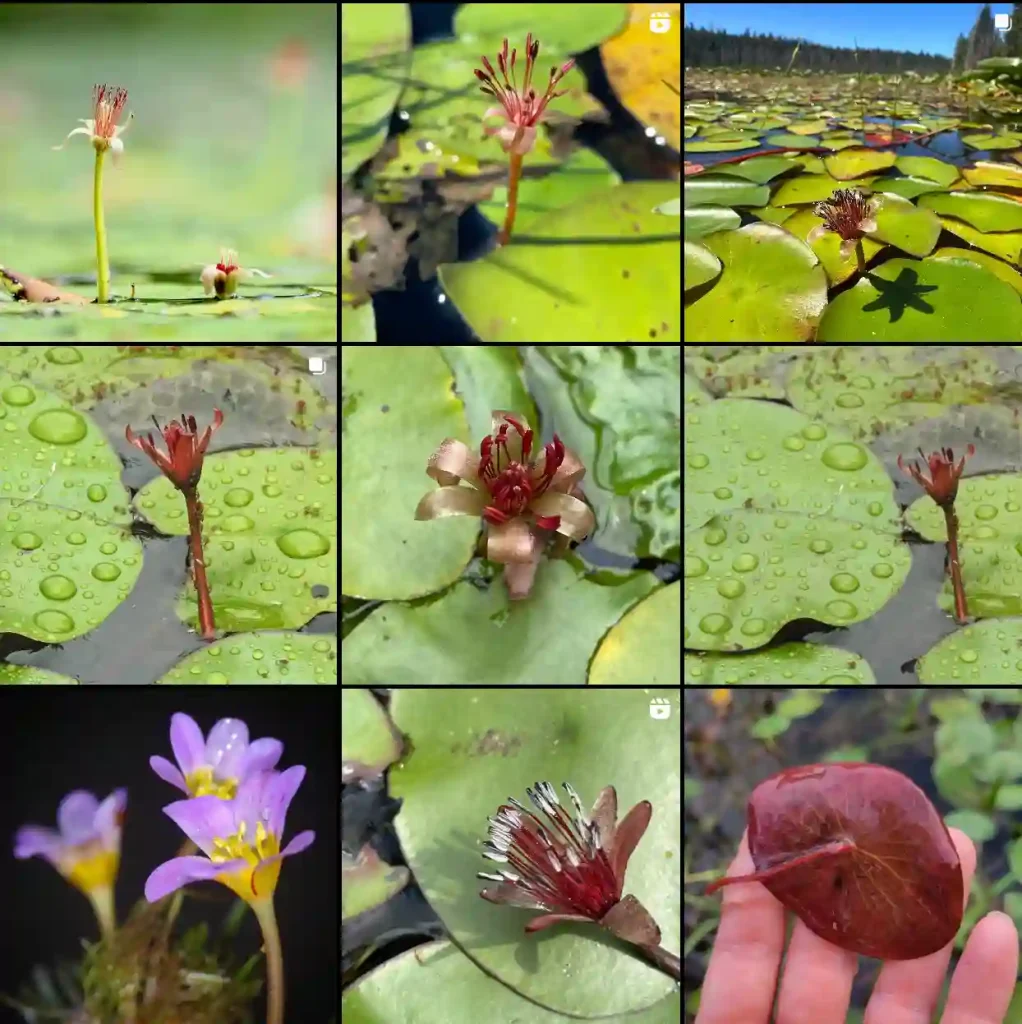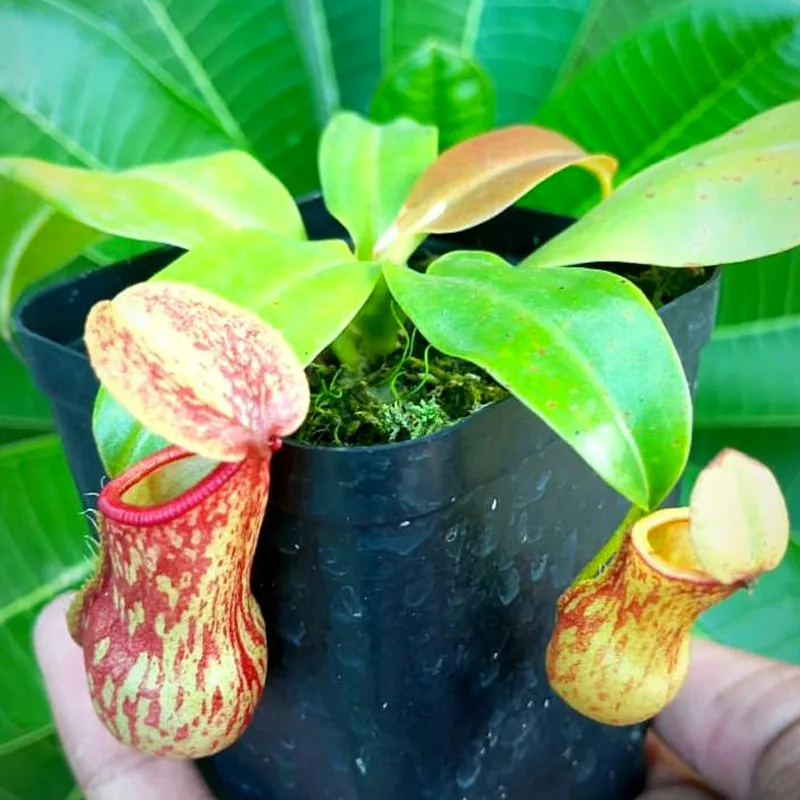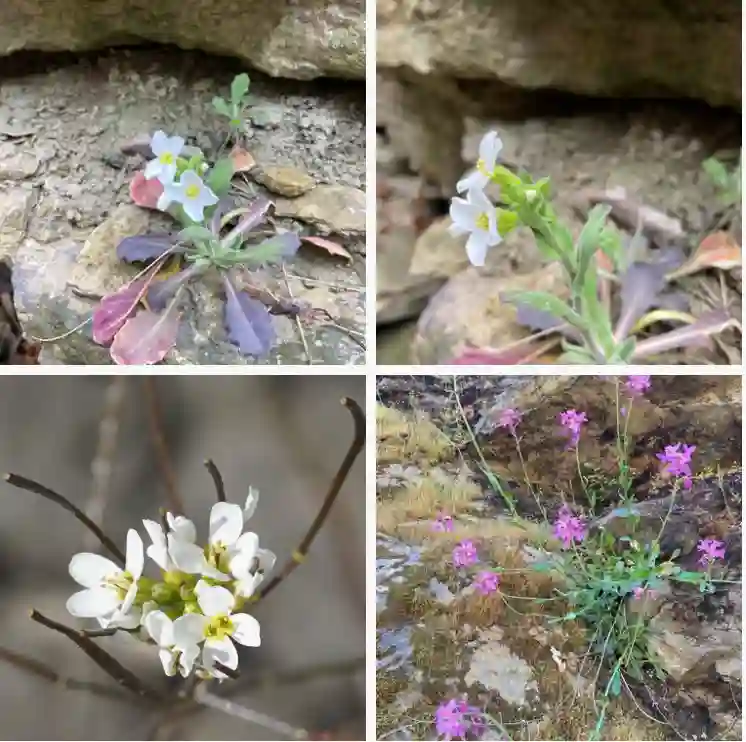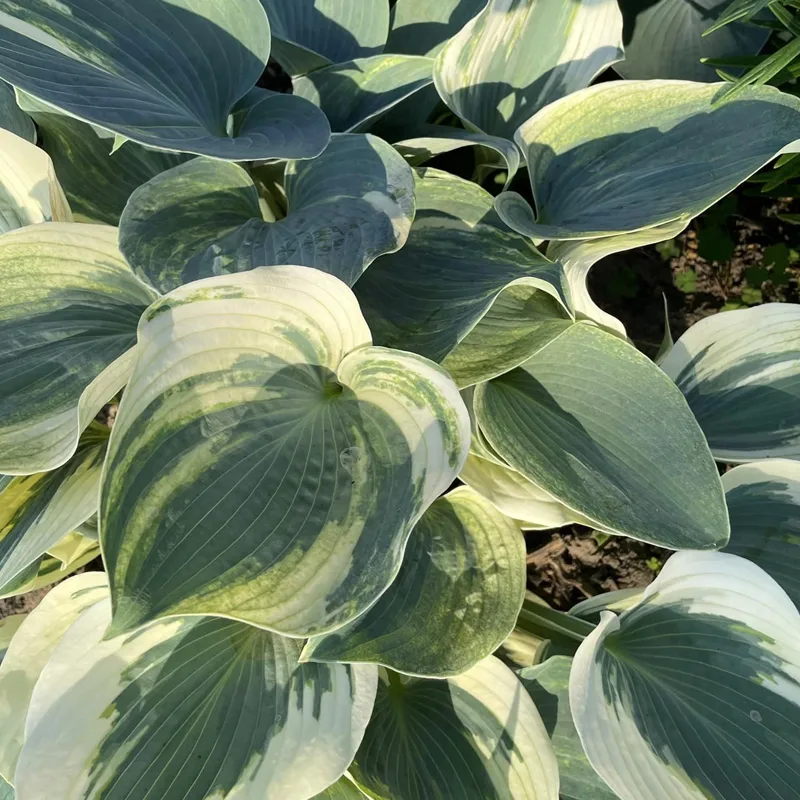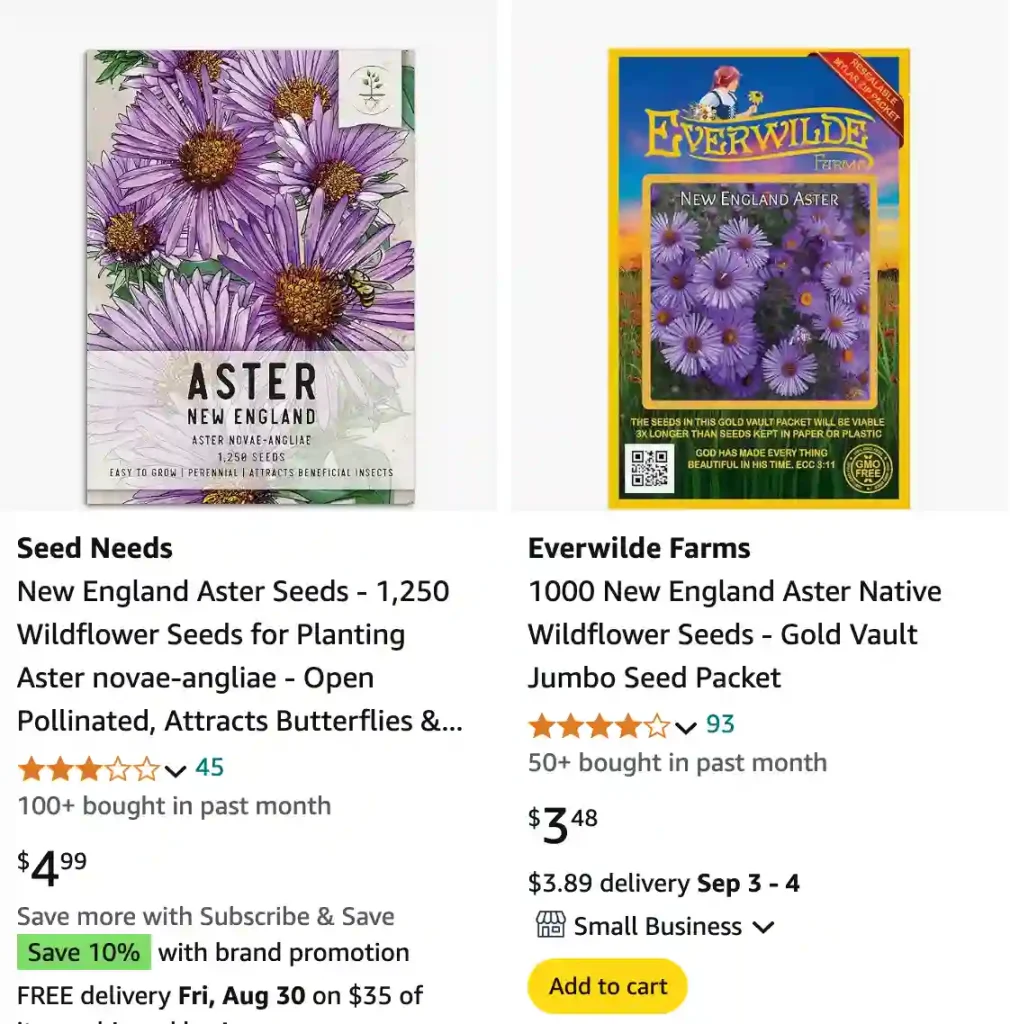
FAQs About New England Aster
As someone who’s delved deeply into gardening and plant care, I’ve come across many fascinating plants, but few are as captivating as Symphyotrichum Novae-Angliae. Commonly known as New England Aster, this perennial is a staple in many gardens due to its vibrant blooms and adaptability. Below, I’ll address some frequently asked questions about this plant based on my experiences and observations.
114 Species in Genus Symphyotrichum
What is Symphyotrichum Novae-Angliae?
Symphyotrichum Novae-Angliae, or New England Aster, is a perennial herbaceous plant native to North America. It belongs to the Asteraceae family, which includes daisies and sunflowers. Known for its bright, daisy-like flowers, it blooms from late summer into fall, adding a splash of color when many other plants are fading. The flowers can be purple, pink, or white, depending on the variety. This plant is also valued for its ability to attract pollinators like bees and butterflies.
How Tall Does New England Aster Grow?
New England Aster can grow quite tall, typically reaching heights between 3 to 6 feet. This makes it an excellent choice for adding vertical interest to your garden. I’ve found that its height can vary based on growing conditions and the specific variety you choose. In richer soil with ample moisture, the plant often reaches its maximum height, while in drier or poorer soils, it may be somewhat shorter.
When Does New England Aster Bloom?
One of the most attractive features of the New England Aster is its late bloom period. This plant typically starts blooming in late summer and continues into fall, often from August to October. The striking purple or pink flowers with yellow centers are a real highlight in the garden during this time, especially when many other plants are past their prime.
Does New England Aster Spread?
Yes, New England Aster can spread, but it’s generally not aggressive. It tends to spread through its root system and by self-seeding. While it can form a clump and increase in size, it usually doesn’t take over the garden unless it’s in an extremely favorable environment. I’ve observed that it’s best to give it some room to expand and consider dividing the clumps every few years to maintain its vigor.
How to Grow New England Aster from Seed?
Growing New England Aster from seed is a rewarding process, though it requires some patience. Start by sowing seeds indoors about 6 to 8 weeks before the last frost date. Seeds should be lightly covered with soil and kept moist. Once seedlings have a few sets of true leaves, you can transplant them outdoors after the danger of frost has passed. For best results, choose a sunny spot with well-draining soil.
Is New England Aster a Perennial?
Yes, New England Aster is a perennial. This means it will return year after year, adding long-lasting color to your garden. In my experience, it’s quite resilient and can handle a range of conditions, though it thrives best in full sun and well-drained soil.
Is New England Aster Toxic to Dogs?
Good news for pet owners: New England Aster is not considered toxic to dogs. It’s always a good idea to keep an eye on pets around plants, as ingestion of any plant material could potentially cause some minor digestive upset. However, I’ve found that New England Aster is generally safe for pets.
Do New England Asters Need Moist Stratification?
Yes, New England Asters benefit from a period of moist stratification when growing from seed. This involves chilling the seeds in a moist medium for a few weeks before planting to simulate winter conditions. This helps to break seed dormancy and improve germination rates. I’ve used this method with good success, especially for seeds sown directly in the garden.
Do New England Asters Self-Seed?
Yes, New England Asters do self-seed. The plant produces a lot of seeds, which can easily spread and germinate in your garden. If you like the idea of natural reseeding, this can be a great way to get more plants. However, if you prefer a more controlled garden, you might want to deadhead the spent flowers to prevent excessive self-seeding.
New England Aster vs New York Aster
New England Aster and New York Aster (Symphyotrichum novi-belgii) are often confused due to their similar appearances. Both produce beautiful fall flowers and can be used in similar garden settings. The main difference is in their size and shape. New England Aster tends to be taller and has a more open, airy flower head, while New York Aster is usually shorter and has a more compact flower head. I’ve noticed that New England Aster has a more rugged, wild appearance, while New York Aster is more refined and compact.
New England Aster vs Aromatic Aster
Comparing New England Aster with Aromatic Aster (Symphyotrichum oblongifolium) highlights some key differences. Aromatic Aster is typically smaller, growing to about 1 to 3 feet tall, and has aromatic foliage when crushed. The flowers of the Aromatic Aster are usually smaller and less dense than those of the New England Aster. Both are excellent for attracting pollinators, but the choice between them might depend on your garden’s space and the specific look you’re going for.
How to Care for New England Aster
Caring for New England Aster is relatively simple. It prefers full sun and well-drained soil. Regular watering during dry spells will help keep it looking its best, but it is quite drought-tolerant once established. I also recommend cutting back the plants in late winter or early spring to promote new growth and prevent the plants from becoming too leggy.
Benefits of Growing New England Aster
New England Aster is a great addition to any garden for several reasons. Its late-season blooms provide color when many other plants are done flowering, and it attracts a wide range of pollinators, including bees and butterflies. Additionally, its tall, sturdy stems can add structure to garden beds and are great for use in cut flower arrangements.
Common Problems
The most common problems with New England Aster are fungal diseases like powdery mildew and rust. Good air circulation and avoiding overhead watering can help prevent these issues. Insects such as aphids and spider mites can also be occasional pests, but they are usually manageable with regular monitoring and appropriate treatments.
Overall, New England Aster is a wonderful plant that can bring beauty and interest to your garden from late summer through fall. With a bit of care and attention, it can thrive and provide you with years of stunning blooms.
If i die, water my plants!
